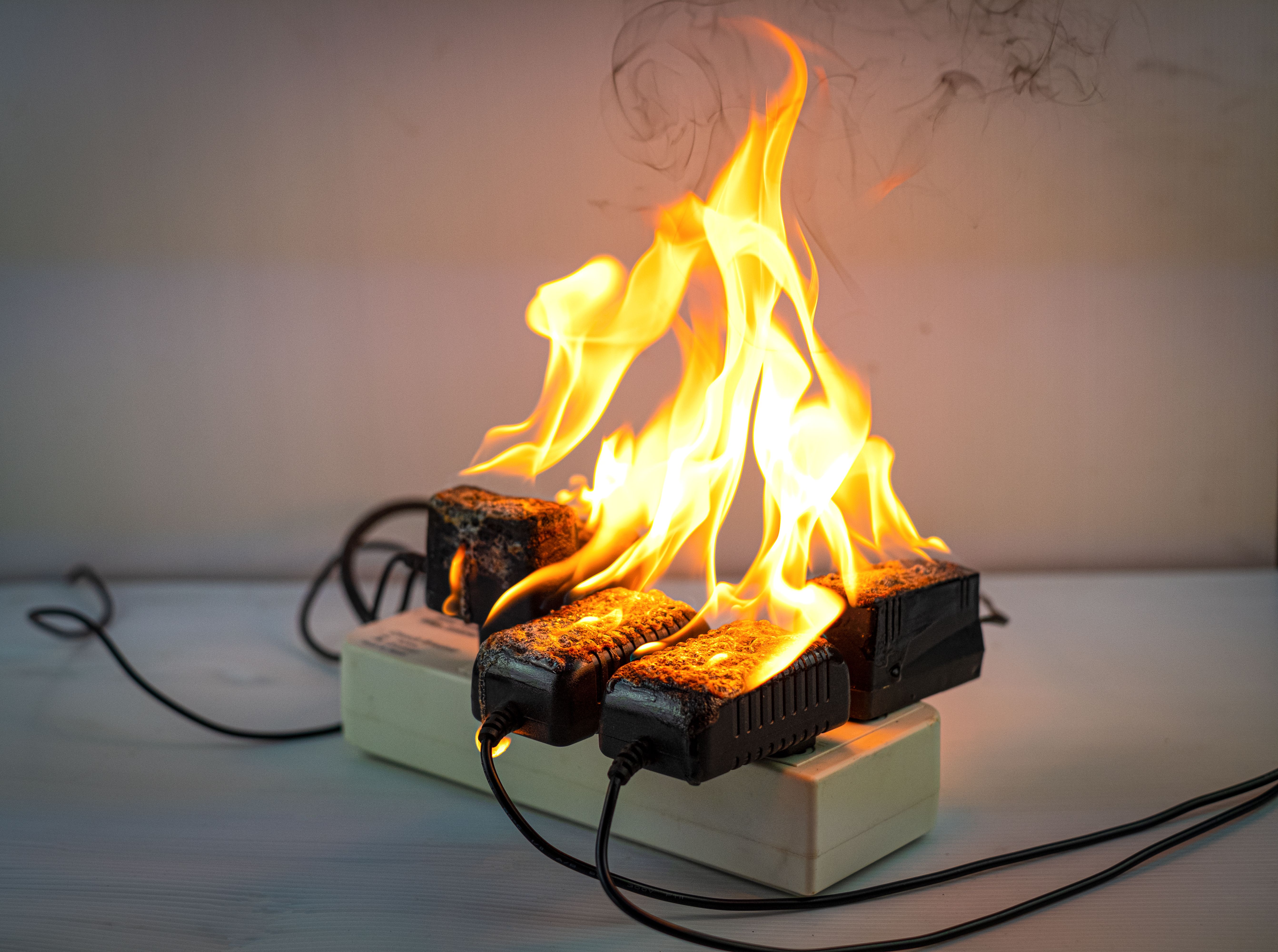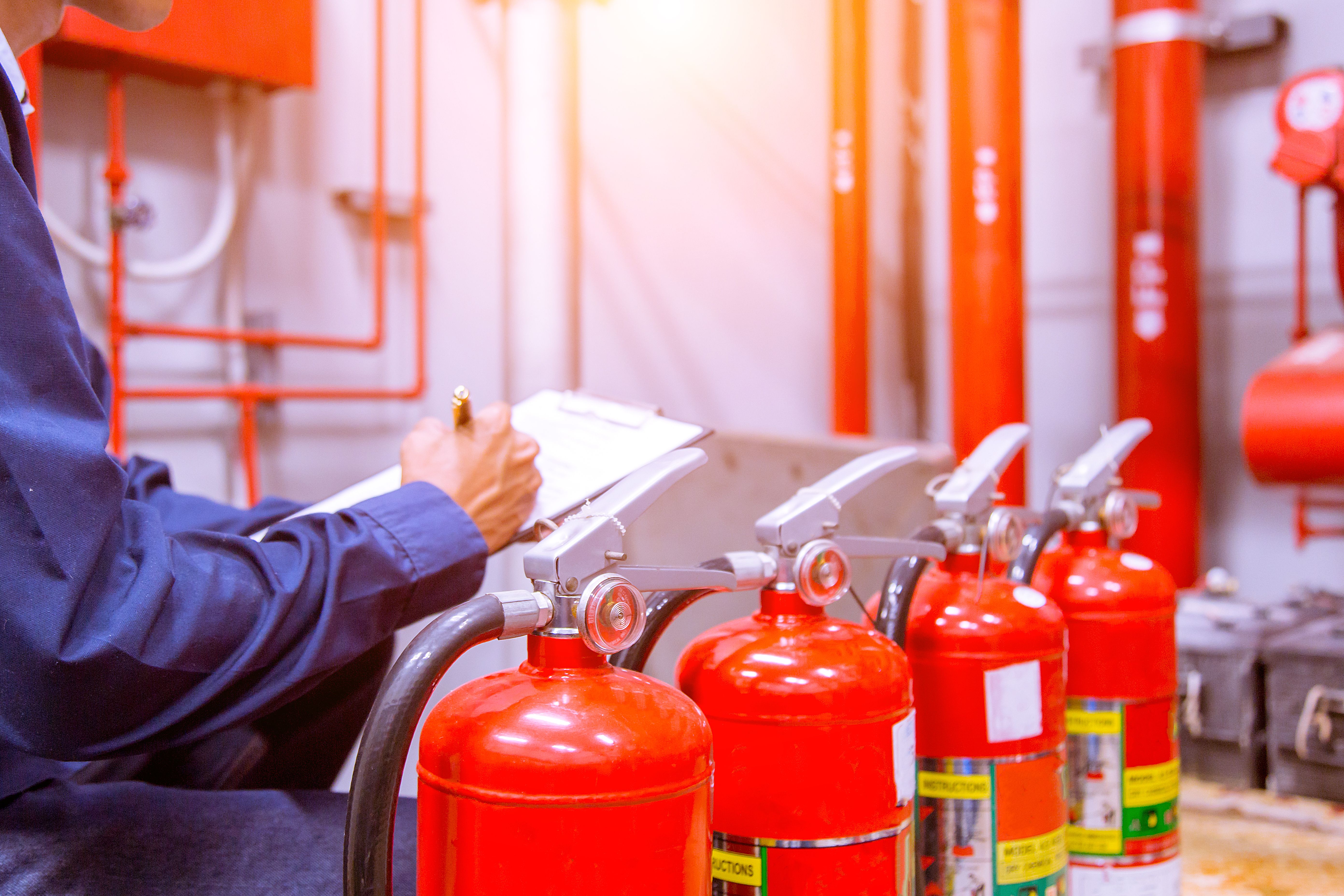
These days, it feels like there’s an assessment for everything, but it’s for good reason. Before you know it, a year or five can whizz by and it’s easy to forget to update an old fire alarm, which can lead to big problems should a blaze occur, especially if it’s a building with occupants. Imagine if your office had a fire and someone was hurt because they didn’t know… That’s not something that you want to risk, so why not clear your conscience and check your fire safety protocols with a professional fire protection operative to make sure you’re within recommended guidelines?
In line with the Regulatory Reform (Fire Safety) Order, every business is required by law to undertake a fire risk assessment, and should the business have more than five employees, the fire risk assessment must be kept in a written record, in line with government guidelines. However, they do not specify how often you should have a fire risk assessment. The law states that assessments should be undertaken when you have had:
- After a fire-related accident or incident
- Any damage to fire safety equipment
- Recruitment of employees with disabilities
- Changes to the number of employees on the premises
- Changes to the structure of your building
- Major changes to the function or purpose of any part of your building
- New, hazardous substances stored on site
But is that the only time you should have a fire risk assessment done? What if you haven’t had any of the above in the last five years? What about ten years? Does five or ten years without incident or changes with your building mean that your risk for fire is low to non-existent? No. Fire safety professionals recommend an assessment every 6 to 12 months, to ensure your active and passive fire-stopping methods are fully functional and in line with third-party accreditation standards.
Fire risk assessments are designed to keep yourself and your occupants safe. It’s the responsibility of the assigned internal health and safety officer to ensure that fire risk assessments are undertaken on a regular basis and all active and passive fire protection systems are in working order.
For each building, there are unique fire risks. If your organisation is a healthcare facility, the risk of flammable products might be higher than at a standard office, but an office with many workstations may be at a higher risk for electrical fire than a doctor’s surgery. It’s important to note that both are at risk for any form of the blaze, but one might be a higher risk factor than the other. Likewise, it’s safe to assume that a kitchen would be a more likely place to have a grease fire than a living room.
A fire risk assessment will not only look at your fire protection systems but also at your fire risk hazards. It will look at sources of ignition, such as electric heaters, candles, lighters, blocked equipment ventilation, cooking equipment, or faulty electrics. They will then look at identifying people at risk, such as employees who work alone or isolated, those with a disability, mental or sensory impairment or who are elderly and may not be able to leave a building quickly in an emergency, those who might be unfamiliar with the building, and those who have difficulty with language. Another part of a fire risk assessment is recommending the removal or reduction of fire hazards, such as using alternatives to flammable products where possible, moving people at risk to a closer fire exit where possible, establishing regular maintenance schedules for equipment, and restricting the movement of portable heating appliances and eliminating the use of naked flames where possible. There are so many things that go into assessing fire risk and it’s imperative to ensure that it’s done regularly to guarantee the highest possible level of safety in the event of a blaze. Fires happen, but with reduced risks and smart fire protection methods, they do not have to be fatal or cause widespread damage.
About Onetrace’s fire protection software
Onetrace fire protection software helps fire protection operatives and contractors work more efficiently and to a standard that’s in line with current third-party accreditation standards. By using a system like Onetrace, you can ensure that the entire project is completely transparent, and allows real-time live updates that everyone can access so all stakeholders in a job are kept updated in the most transparent way.
Interested in how it works? All you need to do is simply get in touch or book a demo. If you’re not ready to commit, that’s okay - you can try Onetrace fire protection software completely free for 7 days with zero obligation or commitment. No fuss, no hassle.




